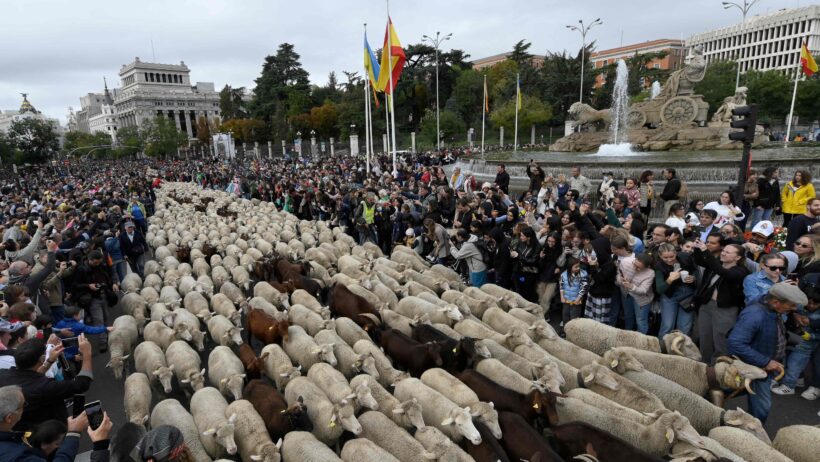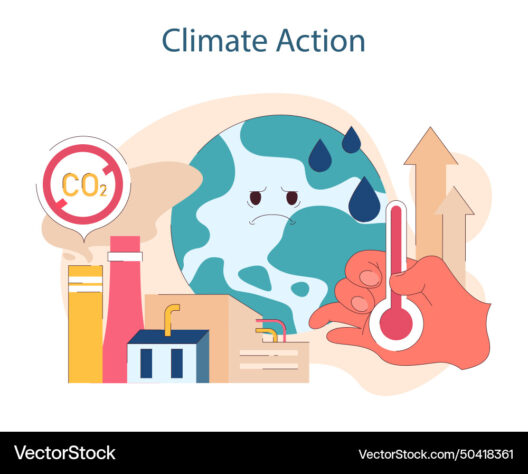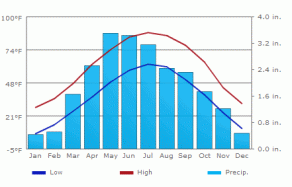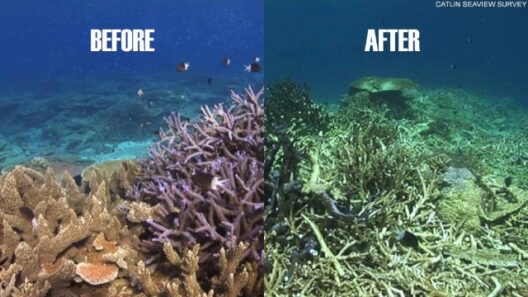In an era characterized by heightened environmental awareness and the urgent need for climate action, the discourse surrounding livestock and their contribution to global warming has gained significant traction. Among the myriad factors contributing to climate change, greenhouse gas emissions from agricultural practices have emerged as a critical area of concern. The inquiry into whether cows produce more global warming gases than cats presents an intriguing juxtaposition, primed to challenge preconceived notions about animal emissions and their impact on our planet.
At first glance, one might dismiss the comparison between cows and cats as trivial. After all, cows are large ruminants, while domestic cats are small carnivores. However, a closer examination of the emissions produced by these animals reveals surprising insights into their respective contributions to climate change. Cows, with their complex digestive systems, are known to emit substantial quantities of methane—a potent greenhouse gas. In contrast, cats, though not devoid of environmental impact, emit emissions on a vastly different scale.
The primary source of greenhouse gases from cattle lies in enteric fermentation. This natural digestive process occurs in the stomachs of ruminant animals, wherein microorganisms break down complex carbohydrates. During this process, methane is generated and expelled primarily through belching. Methane is approximately 25 times more effective at trapping heat in the atmosphere than carbon dioxide over a 100-year period, marking it as a critical player in the greenhouse gas conversation.
Statistically speaking, a single cow can produce between 100 to 200 kilograms of methane annually. In contrast, domestic cats produce negligible amounts of methane relative to their size. Their primary emissions come from their diet, which typically includes protein-rich foods that, when synthesized, yield lower levels of carbon footprint compared to the vast acres of land required for cattle feed. The production of cat food—mainly derived from fish and meat—does generate some emissions, but when compared directly to the expansive resources dedicated to beef production, the differences become starkly evident.
Moreover, the broader implications of livestock farming must be considered. Cattle ranching is often linked to deforestation, particularly in regions such as the Amazon rainforest where vast tracts of land are cleared for grazing. This deforestation not only releases stored carbon dioxide but also diminishes the planet’s capacity to sequester carbon, compounding the detrimental effects of livestock emissions. In contrast, the ecological footprint of a single household cat remains relatively minimal when assessing land use and resource allocation.
One might argue that the comparison should not merely focus on emissions per animal but rather on the cumulative effects brought forth by population sizes. The global population of cattle stands at approximately 1.5 billion, whereas the estimated number of domestic cats is around 600 million. This massive discrepancy in numbers further amplifies the environmental concerns surrounding cattle farming. Simply put, while one cow emits significantly more methane than one cat, the sheer volume of cows globally generates emissions that far surpass those of cats.
This raises essential questions regarding our agricultural practices and dietary choices. How do the emissions associated with livestock, particularly cattle, influence our own carbon footprints? The consumption of beef, a staple in many diets, is disproportionately high in terms of its environmental cost. Transitioning toward plant-based diets or reducing beef intake could be pivotal in mitigating our contribution to global warming. From an environmental perspective, embracing alternative proteins could minimize reliance on resource-intensive livestock farming, fostering a more sustainable model for food consumption.
Furthermore, engaging in discussions around livestock is inherently tied to cultural and socioeconomic factors. In many regions, cattle serve as a critical source of livelihood and cultural identity. It is crucial to approach the topic with sensitivity, recognizing that proposed changes must address the diverse implications for farmers and communities reliant on cattle farming. Innovative practices like regenerative agriculture offer promising shifts that can potentially reconcile the needs for economic stability with environmental stewardship. By adopting techniques that enhance soil health and promote biodiversity, farmers can mitigate the greenhouse gases associated with livestock while continuing to sustain their livelihoods.
Cats, on the other hand, present less of an environmental burden in direct contrast to their canine counterparts. They contribute less to greenhouse gas emissions, and their lifestyle often requires fewer resources. Nonetheless, it’s worth noting that the environmental impact of pet ownership as a whole bears significance. The considerable carbon footprint associated with pet food production, as well as waste management, should not be overlooked. Raising awareness about sustainable pet ownership practices can further contribute to minimizing our overall ecological footprint.
In conclusion, the assertion that cows produce more global warming gases than cats is borne out from a detailed analysis of their ecological footprints. While cows emit methane at a disproportionately higher rate, the sheer scale of cattle farming exacerbates their environmental impact. Conversely, pets like cats, while not entirely devoid of consequence, impose less strain on our ecosystems. By understanding these dynamics, we can cultivate a shift in perspective, recognizing the need for informed dietary choices and sustainable practices that resonate with our collective responsibility as stewards of the planet. Embracing solutions that balance economic viability, cultural traditions, and environmental ethics could pave the way for a more sustainable future for all species, promoting harmony between human practices and our natural environment.








